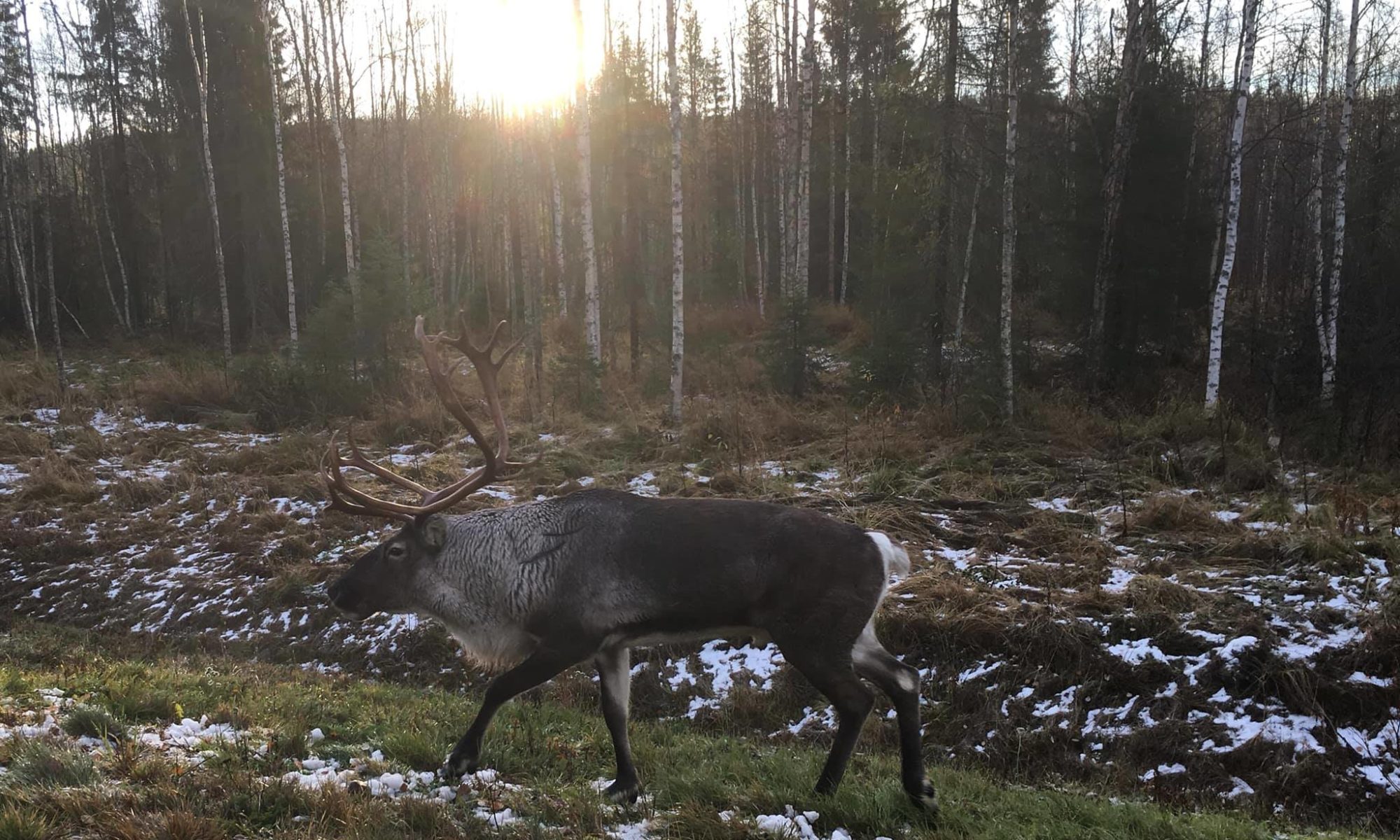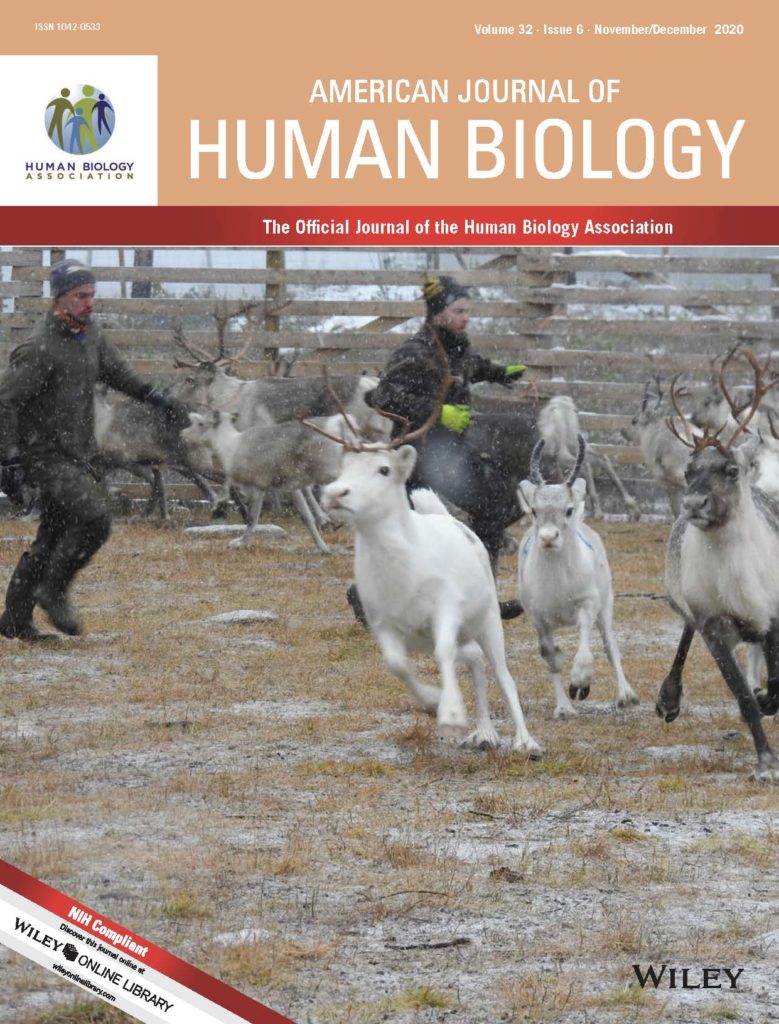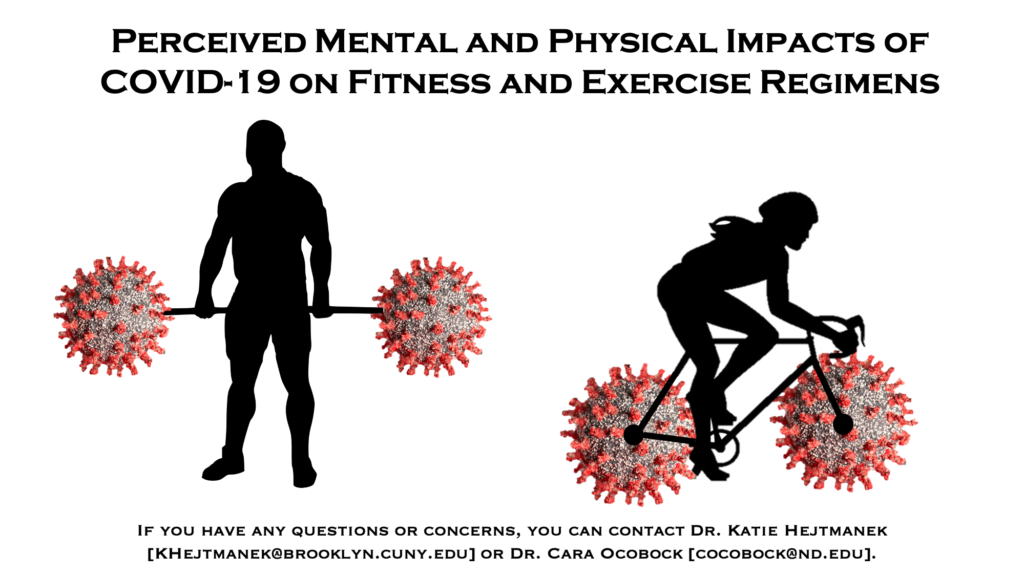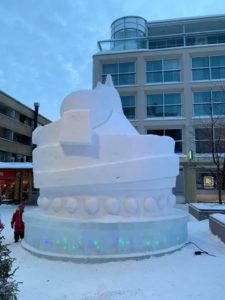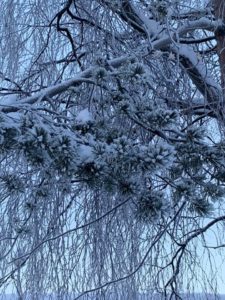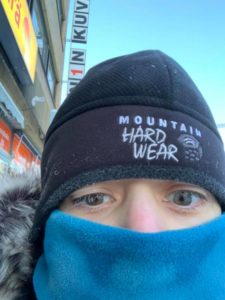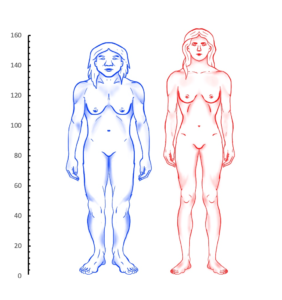
My review paper on Neanderthal biocultural adaptation to cold (email me for a copy), written with the amazing Dr. Sarah Lacy and Alexandra Niclou, came out today!
This paper was born out of a poster (link to file below) I and Alex made for a special American Association of Physical Anthropology poster session held to celebrate Dr. Erik Trinkaus‘ career. It was a wonderful session that gathered together all of his students.
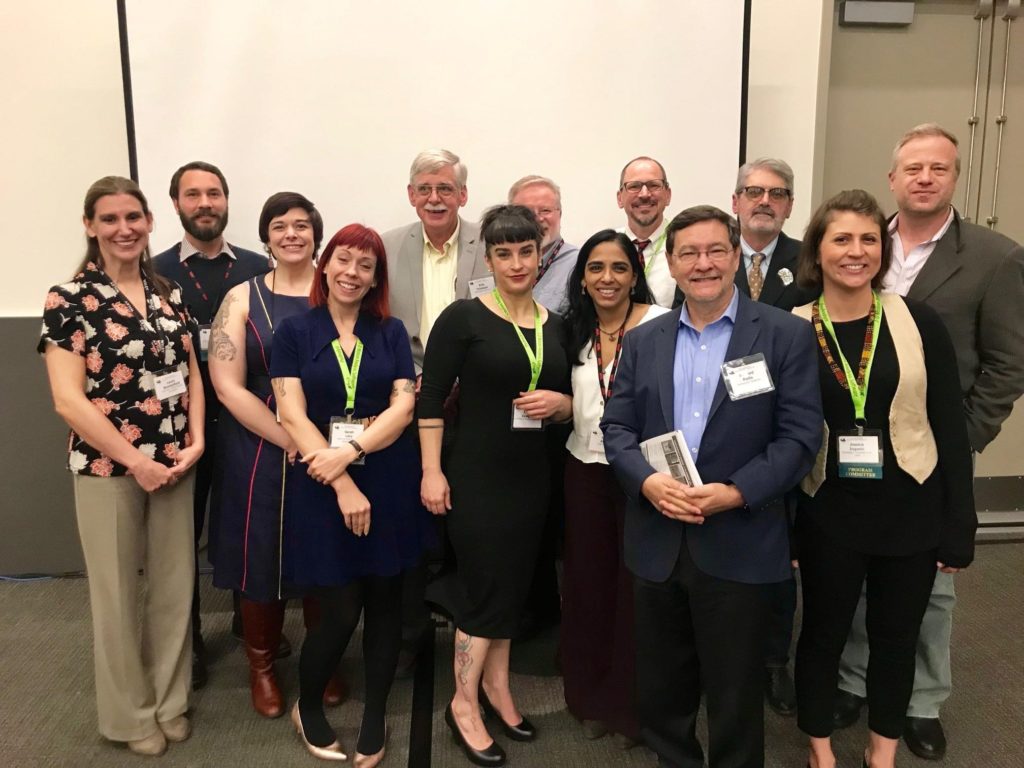
For this poster, we wanted to talk about the different mechanisms that may have been utilized by Neanderthals to survive and thrive in cold climates. While making this poster, we realized that there was no paper that brought together the anatomical, physiological, and cultural evidence of Neanderthal cold climate adaptations. So, we decided to write one! We brought my friend, colleague Sarah Lacy in on this as Neanderthals are her area of expertise, and we got to work!
This paper puts in one place the variety of different cold climate adaptations Neanderthals may have had. Furthermore, we identify ten different areas we think should be the focus of future research.
I adore this paper for many reasons:
1. This paper provided the opportunity to collaborate and write with two brilliant women who I adore. Writing with them was a joy, and we worked incredibly well together.
2. The the image of Neanderthals and Anatomically Modern Humans depicts females…such a rare thing. This figure was also drawn by an undergraduate student of mine, Morgan Zepf.
3. It has an awesome reference list! The original draft had 275 references, but had to cut that down to 100 to fit the journal guidelines.
4. This will be a great paper to use in undergraduate classes!
5. We hope this paper will guide and inspire future dissertations.
6. I started writing this review on my Spring Break 2020 where I went to a cabin in the middle of no where and just wrote. When I emerged from this writing retreat, the entire world had gone on lock down due to the COVID-19 pandemic. This paper will always hold an odd place in my memory because of that.
